Hello Folks!!
Today, we are going to discuss about the best web development companies in Leicester.
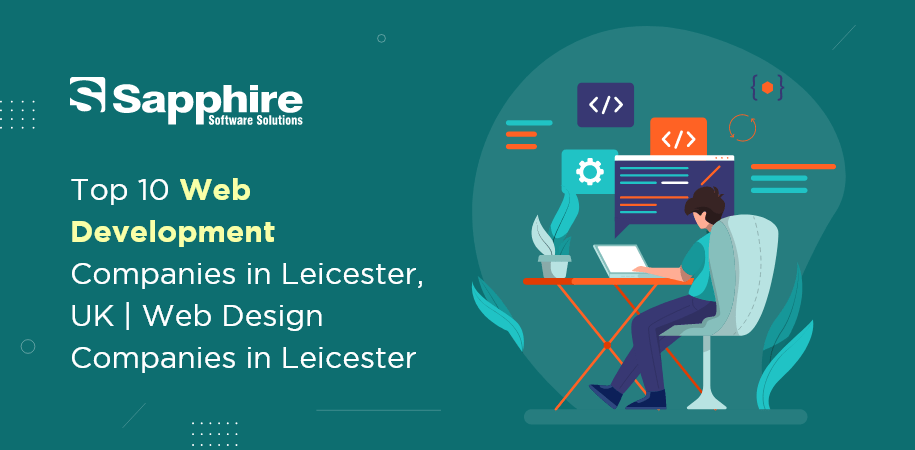
Hello Folks!!
Today, we are going to discuss about the best web development companies in Leicester.

From static web pages to dynamic and interactive user experiences, Web applications have seen significant alterations over time. Angular, one of the best platforms for building Web and mobile applications, has also developed over time. Hence, the demand for Angular development services for creating complex, scalable, and practical applications is also increased.
As JavaScript frameworks started to gain popularity, Angular was born to address the problems with conventional web application development services paradigms. The first version, AngularJS, made it simpler for developers to construct dynamic and interactive online applications by introducing ideas like two-way data binding, dependency injection, and directives. Google published Angular 2, a complete rebuild of the framework, employing TypeScript and bringing component-based architecture, faster performance, and greater scalability as online applications grew in complexity and needed better performance. Angular advanced and improved with each new release, solidifying its status as a strong and dependable option for creating online applications.
Angular’s robust front-end framework is famous for creating dynamic and interactive online applications. The extensive range of features and capabilities it offers make it a top option for developers everywhere. The main characteristics and skills of Angular are listed below:
The declarative user interface of Angular is its main competitive advantage. To establish the application’s user interface, developers may utilize HTML templates with Angular directives. Developers may concentrate on the application’s logic rather than manually modifying the Document Object Model (DOM) by specifying the intended UI state. This method streamlines development and improves the readability of the code.
The component-based architecture used by Angular divides the program into manageable, reusable components. Each component embodies the logic and aesthetics of a specific portion of the user interface. The component-based approach encourages the reuse, upkeep, and scalability of programming. It is simple to mix components to create sophisticated user interfaces, which makes it simpler for teams to work together on more significant projects.
Created using Angular’s robust dependency injection framework, loosely linked components and services are possible. Instead of hardcoding dependencies into components, it enables developers to inject them into them, improving testability and making code more straightforward to maintain and rework. The single responsibility approach is also supported by dependency injection, resulting in more modular and manageable codebases.
Two-way data binding, a potent feature that enables automated synchronization between the model (data) and the view (UI), was introduced by Angular. The display is immediately updated whenever data in the model is modified, and vice versa. This bidirectional data flow makes the UI in sync with the underlying data simpler, lessening the need for manual DOM modification.
To manage asynchronous data streams and events, Angular uses the reactive programming library Reactive Extensions for JavaScript (RxJS). Developers may deal with data as streams and respond to changes more effectively, thanks to reactive programming. This functionality is beneficial for processing HTTP requests, managing complicated user interactions, and providing real-time features.
A potent command-line tool that speeds up the development process is Angular CLI. It offers a collection of commands for authoring, building, testing, and deploying Angular projects. Developers may more efficiently manage their projects since the CLI automates repetitive processes like project setup, module creation, and production builds.
Cross-platform development is made possible by Angular using tools like NativeScript and Ionic. Developers may create native mobile applications for iOS and Android using Angular and JavaScript/TypeScript, thanks to NativeScript. Like Angular, Ionic enables the creation of hybrid mobile applications that work across several platforms using web technologies (HTML, CSS, JavaScript/TypeScript) and Angular.
Angular constantly tweaks its rendering engine and changes detection systems to maximize efficiency. During the build process, Angular’s built-in Ahead-of-Time (AOT) compilation converts templates into highly effective JavaScript code, resulting in quicker loading times and better runtime performance. The application may load just the essential code when needed, thanks to Angular’s support for lazy loading of modules, which speeds up initial loading times.
Progressive Web Applications (PWAs), which provide a consistent user experience across various devices and network circumstances, may be built with Angular. Because Angular supports service workers, programmers may cache application assets for offline access and quicker load times. Users may install PWAs created with Angular on their smartphones and interact with them just as they would with a native app.
The Angular team’s official tool, Angular Universal, makes it easier for Angular applications to be rendered server-side (SSR). SSR considerably reduces the initial loading time and makes improved search engine optimization (SEO) possible by creating HTML on the server and sending it to the client. This feature is particularly beneficial for improving the functionality and discoverability of applications with plenty of material.
Creating applications for a worldwide audience is more straightforward because of the built-in internationalization and translation capabilities of Angular. Developers may mark translatable text in templates, and Angular will automatically handle and extract the translation files. These capabilities allow applications to be readily translated and adjusted to many languages and geographic areas.
Thanks to Angular’s animation technology, the application’s animations may be animated smoothly and interactively. Angular’s animation features improve the user experience and engagement, whether used for page transitions, visual feedback, or user interactions.
Angular’s broad range of features and abilities enable developers to create complex, scalable, and high-performance online applications. Code maintainability and reuse are enhanced by its component-based design, declarative user interface, dependency injection, and support for reactive programming. Angular is well-positioned to define the future of web development and provide excellent user experiences across various platforms and devices thanks to capabilities like cross-platform development, PWAs, SSR, and internationalization.
Angular’s progression from AngularJS to the contemporary version has considerably influenced Web applications. The introduction of fundamental ideas like directives and two-way data binding by AngularJS simplified the development of dynamic web applications. The framework received a thorough rebuild with the introduction of Angular 2, using TypeScript and adopting a component-based architecture. This modification changed web development by enabling programmers to create maintainable and scalable applications. Robust Angular features like dependency injection and RxJS for reactive programming helped improve speed and seamless user interactions. The framework’s flexibility for cross-platform development, support for PWAs and SSR. And compatibility with various technologies further cemented its influence on how online applications would go.
Due to its capacity to provide native-like online experiences, Progressive online Applications (PWAs) have become very popular. Service workers and offline functionality, two Angular components, are essential for creating PWAs. Service workers make background processing and caching possible, enabling PWAs to function even when users are disconnected or have poor connections. This improves user interaction and offers a smooth experience. The success of PWAs is attributed to Angular’s responsive design and performance enhancements. Thanks to Angular’s support for manifest files, PWAs may be deployed on users’ devices, further obfuscating the distinction between web and native applications. Web applications are made user-centered and future-proof thanks to using Angular and PWAs.
SSR, or server-side rendering, is now essential for online applications looking to boost speed and gain SEO advantages. The Angular team’s official tool, Angular Universal, makes SSR possible by enabling programmers to pre-render application content on the server before transmitting it to the client. Customers with slower internet connections will benefit from significantly reduced initial loading times. Additionally, pre-rendered content is more accessible for search engines to scan and index, improving the SEO ranking of the application. Developers may build web applications that provide quick initial loading, fluid transitions, and increased search engine exposure, all of which contribute to a better overall user experience. This is done by integrating SSR with the client-side features of Angular.
Because of its versatility and flexibility, Angular is an excellent option for working with other technologies. For instance, developers may efficiently manage application states and enhance code structure by combining Angular with Redux, a well-liked state management toolkit. Similarly, developers may create dynamic data visualizations that improve user experiences by combining Angular with D3.js. In addition, developers may construct reusable UI components compatible with various frameworks and browsers thanks to Angular’s compatibility with Web Components. This adaptability fosters the incorporation of cutting-edge technology. Including artificial intelligence and machine learning, into Angular applications, opening the door for creative and potent online experiences.
Because of its versatility and extensibility, Angular is a good choice for incorporating artificial intelligence (AI). And machine learning into online applications. Developers may utilize Angular to create intuitive user interfaces that smoothly integrate with AI-driven functionality as AI becomes increasingly common in various sectors. Angular’s declarative user interface. And data-binding skills streamline the integration process for chatbots, natural language processing, picture recognition, and recommendation systems.
Additionally, Angular’s compatibility with different frameworks and technologies makes it easier to integrate machine learning models into the application’s front end. To build intelligent and responsive user experiences, developers may combine Angular with well-known JavaScript-based machine learning tools. Angular’s adaptability is a significant tool in defining the future of AI-powered web applications since AI and machine learning are poised to transform how consumers interact with online applications.
Because it works with Web Components, Angular is important in fostering compatibility across various frameworks and browsers. A collection of web platform standards called Web Components enables developers to create reusable bespoke pieces that combine functionality and style. Because Angular supports Web Components, programmers may easily include unique aspects in their Angular applications.
This compatibility guarantees that Angular applications may collaborate and reuse code with components created using other frameworks. In their Angular applications, developers may use Web Components created using various technologies, dismantling application silos and encouraging a more modular and flexible development methodology.
Additionally, Angular’s support for Web Components’ essential Shadow DOM guarantees that styles. And behavior are encapsulated, eliminating conflicts with already-existing styles on the page. Online Components and Angular’s dedication to adopting them will continue to build a unified development environment. And contribute to the future of online applications as the web ecosystem changes.
The development of Angular has significantly influenced the direction of online applications. In the years to come, you will see a significant role of angular in influencing the online landscape, continuing to advance web development by embracing new technology. If you want to hire Angular developer in USA for your project, call us now!
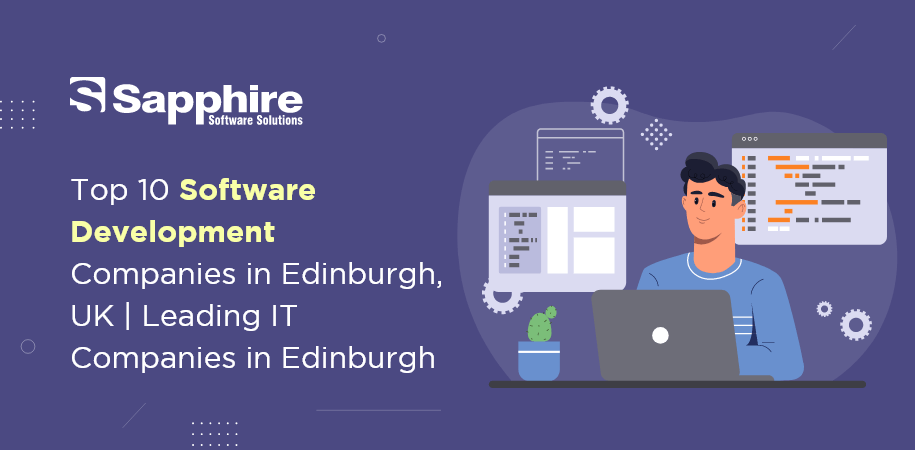
Hello Folks!!
Today, we are going to discuss about the best software development companies in Edinburgh.
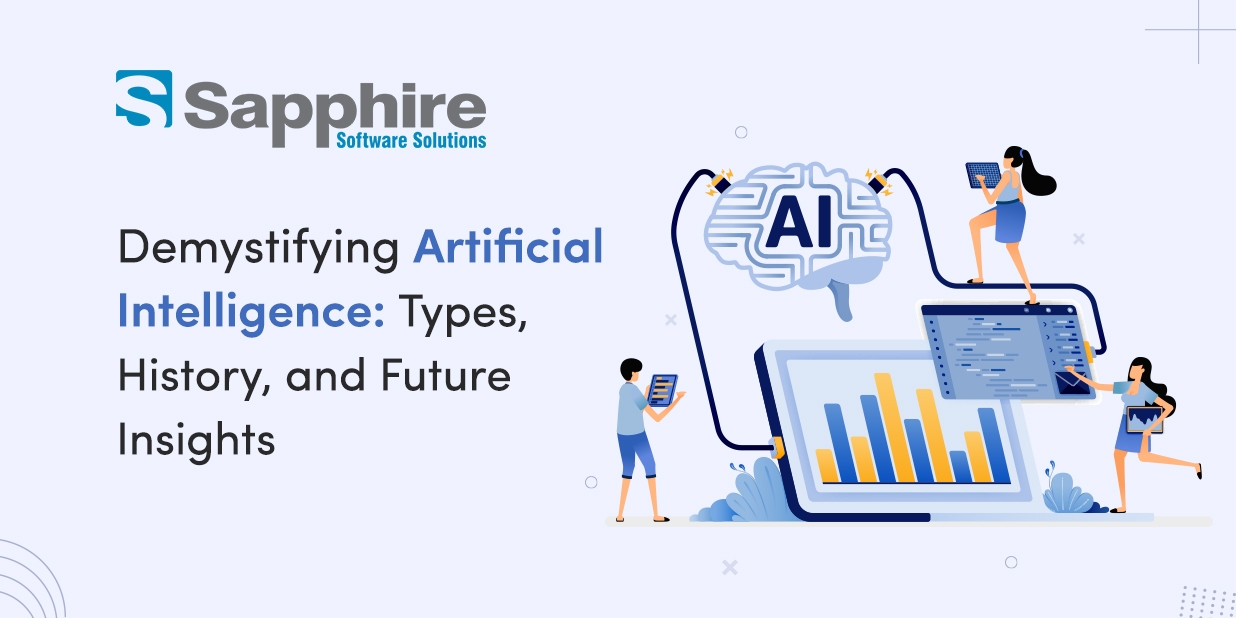
AI has changed the way humans are interacting with technology. From using AI in day-to-day applications to using it to automate human tasks, this technology is reshaping this world. The forms, background, and potential applications of AI may be difficult to comprehend and are sometimes masked by myths. This blog seeks to demystify Artificial Intelligence by examining its many forms, chronicling its historical development, and providing insights into its potential applications in the future.
The replication of human intelligence functions by machines, particularly computer systems, is known as artificial intelligence. Modern computer innovation is built on AI, unlocking value for consumers and companies. Let’s see different types of Artificial intelligence and some future insights.
Based on its capabilities, Artificial intelligence development services may be divided into three primary groups: Narrow AI (Weak AI), General AI (Strong AI), and Superintelligence.
AI systems created and trained for a single task or a small range of tasks are called narrow AI systems. These systems are excellent at carrying out that specific task but cannot generalize outside their intended field. The most widely used kind of AI nowadays is narrow AI, which has several applications in different fields. Typical illustrations of Narrow AI include:
A. Virtual assistants: Virtual assistants like Siri, Alexa, Google Assistant, and Cortana are made to recognize and react to particular voice requests, provide information, make reminders, and carry out basic activities.
B. Speech and Image Recognition: AI systems can spot patterns, faces, and objects in pictures and videos. AI that recognizes speech can translate spoken words into text.
C. Recommendation Systems: Online services like Netflix, Amazon, and Spotify employ recommendation systems that AI drives to provide recommendations for content, goods, or music based on historical user behavior and interests.
D. Natural Language Processing (NLP): NLP AI systems can comprehend and interpret human language, which enables chatbots, sentiment analysis, and language translation.
E. Autonomous Vehicles: Self-driving vehicles use AI algorithms to navigate, understand their environment, and make quick judgments that ensure passenger safety.
Although very practical and helpful, narrow AI is constrained in its ability to comprehend context outside of its field.
General AI is an artificial intelligence (AI) system that resembles humans in terms of cognition and comprehension. This AI could comprehend, acquire, and apply information across various topics, akin to human intelligence, in contrast to Narrow AI, which is focused on specific activities.
A superintelligent AI system outperforms humans in every way. It would be an artificial intelligence (AI) creature with intellectual powers well over the sharpest human brains. If Superintelligence were to be attained, it might have the capacity to advance itself quickly, giving rise to the “recursive self-improvement” phenomenon.
Because of its potential to surpass and subjugate humans, the concept of Superintelligence sparks intense arguments and worries among scientists and decision-makers. A significant difficulty is ensuring the security and compatibility of Superintelligence with human values.
It’s crucial to remember that while Narrow AI is often used today and General AI and Superintelligence are still hypothetical, AI research and development are moving forward. The field may change in the future. Most applications of AI today fall under the category of narrow AI.
“associate” refers to a group working together to solve a problem. Although the origins of AI may be found in ancient stories and philosophical ideas, the current age of AI only really started in the 20th century. Let’s examine the significant turning points in AI history:
When a group of researchers gathered in 1956 for the Dartmouth Workshop at Dartmouth College, including John McCarthy, Marvin Minsky, Allen Newell, and Herbert A. Simon, the phrase “Artificial Intelligence” was first used. Their objective was to investigate the viability of building artificial intelligence-simulating devices. The term “soap” refers to a term used to describe a product or service.
“Symbolic AI,” which employed symbolic representations and logic-based reasoning to solve problems, was the focus of early AI research. To illustrate AI’s potential for resolving mathematical and logical issues, researchers constructed programs like the Logic Theorist (made by Newell and Simon) and the General Problem Solver (authored by Newell and Herbert A. Simon).
Despite initial optimism, difficulties, and failures hampered AI development, resulting in the “AI Winter.” The original enthusiasm for AI’s promise had subsided, and there was a sharp decline in funding for research into the field. The limits of symbolic AI techniques, computing restrictions, and disappointed expectations caused the AI Winter.
During the AI Winter, machine learning and expert systems were the main topics of AI research. Expert systems gained popularity and saw successful applications in industries like health and finance. These systems employed rule-based systems to simulate human competence in certain areas. Neural networks and decision trees are two machine learning algorithms significantly advanced during this time.
With the development of deep learning, a kind of machine learning that uses artificial neural networks with several layers, the 2010s represented a critical turning point in AI research. Convolutional and recurrent neural networks (CNNs) and other deep learning techniques, in particular, have transformed computer vision, natural language processing, and other AI applications.
Early in the 2020s, most AI applications will be narrow AI, focused on specific tasks like speech recognition, picture categorization, and language translation. Superintelligence and General AI (AGI) are still futuristic ideas that have not yet been achieved.
The future of AI holds tremendous potential and raises several ethical considerations:
1. Human-Machine Collaboration: The development of AI may lead to more human-machine cooperation. Instead of completely replacing professions, AI may improve human talents, creating new occupations that blend human creativity, emotional intelligence, and problem-solving ability.
2. Autonomous Systems and Robotics: Both fields are anticipated to progress rapidly. Autonomous vehicles, drones, delivery robots, and industrial automation will increase, possibly transforming logistics and transportation.
3. Personalized medicine: AI’s capacity to examine enormous amounts of information and find patterns has the potential to transform healthcare completely. Personalized medicine powered by AI may result in more precise diagnostics, tailored therapies, and drug development.
4. Natural Language Processing: Improvements in NLP will lead to more complex virtual assistants, language translation software, and sentiment analysis systems, enhancing cross-linguistic and cross-cultural communication and comprehension.
5. AI in Education: AI-powered adaptive learning systems can customize each student’s educational speed and material, boosting the learning process and raising academic results.
1. Bias and Fairness: AI systems that have been educated on skewed data might reinforce prejudice and bias that already exists in society. To prevent the reinforcement of negative biases, fairness, openness, and accountability must be ensured in AI systems.
2. Data security and privacy: AI often uses enormous volumes of individual data. Maintaining trust and preventing possible data abuse depends on safeguarding sensitive data and the privacy of persons.
3. Unemployment and Job Loss: The growing application of AI in automation might result in job losses in specific sectors. It will be vital to provide sufficient support and retraining programs and prepare the workforce for changes brought on by AI.
4. Algorithmic responsibility: Creating responsibility for algorithmic results is crucial as AI systems make crucial choices in various sectors. Users and stakeholders should understand precisely how AI choices are made.
5. Safety and Security: As AI gains strength, ensuring its security and thwarting nefarious usage is essential. A significant worry is preventing disastrous results by Superintelligence or improper AI.
6. AI in Weaponization: The development of autonomous weaponry and the possibility of AI-driven conflict pose moral concerns about handing over the responsibility for making life-or-death decisions to computers.
7. Ethical AI Research: Throughout the AI development process, researchers and developers must prioritize ethical issues. AI research conducted ethically should emphasize society’s benefits and adhere to human values.
Since its start in the 1950s, Artificial Intelligence has advanced dramatically. AI’s evolution has been influenced by achievements and difficulties, from Narrow AI to the possibility of General AI and Superintelligence. The progress of artificial intelligence development company has been marked by cycles of excitement and pessimism, but recent developments in deep learning and machine learning have accelerated this process.
Exciting prospects for AI’s future include applications that will alter several sectors and tailored treatment enabled by AI. Thoughts of ethics, however, must be carefully and responsibly considered as society moves ahead. We can leverage AI’s potential to advance mankind while reducing hazards by assuring ethical AI development, considering possible socioeconomic effects, and establishing the necessary rules. As AI will continue to play a crucial part in forming our environment for years, demystifying AI is necessary to promote comprehension and cooperation.
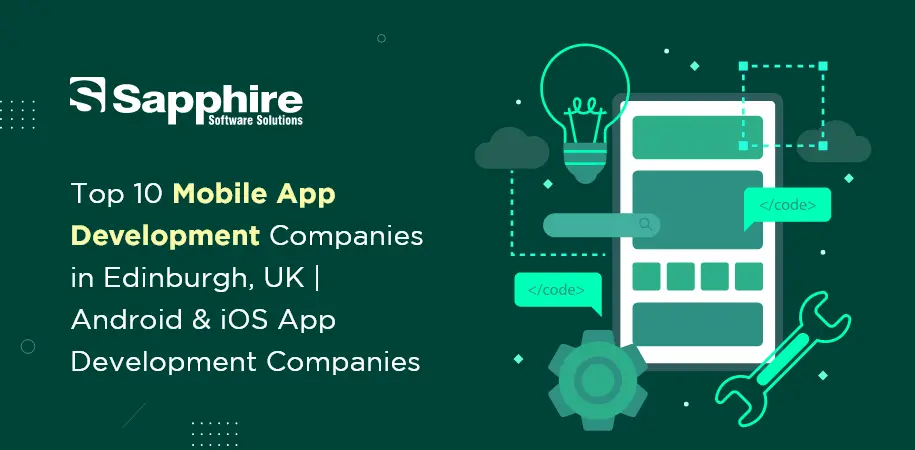
Hello Folks!!
Today, we are going to discuss about the best mobile app development companies in Edinburgh.
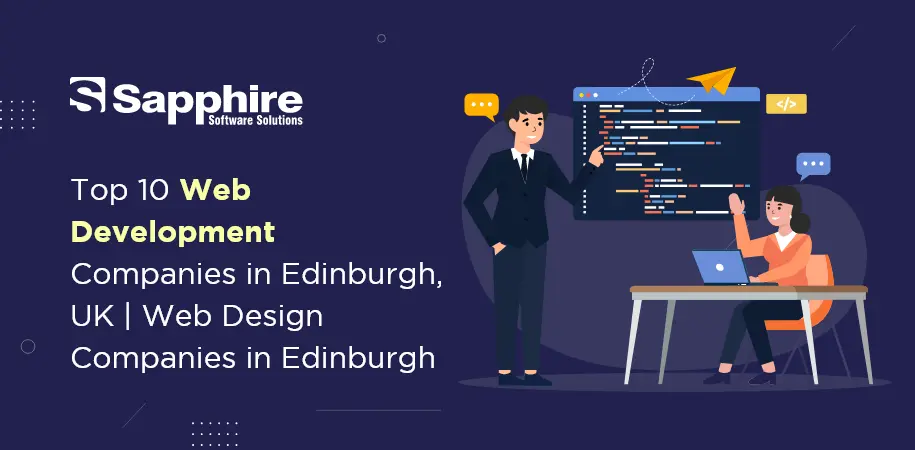
Hello Folks!!
Today, we are going to discuss about the web development companies in Edinburgh.
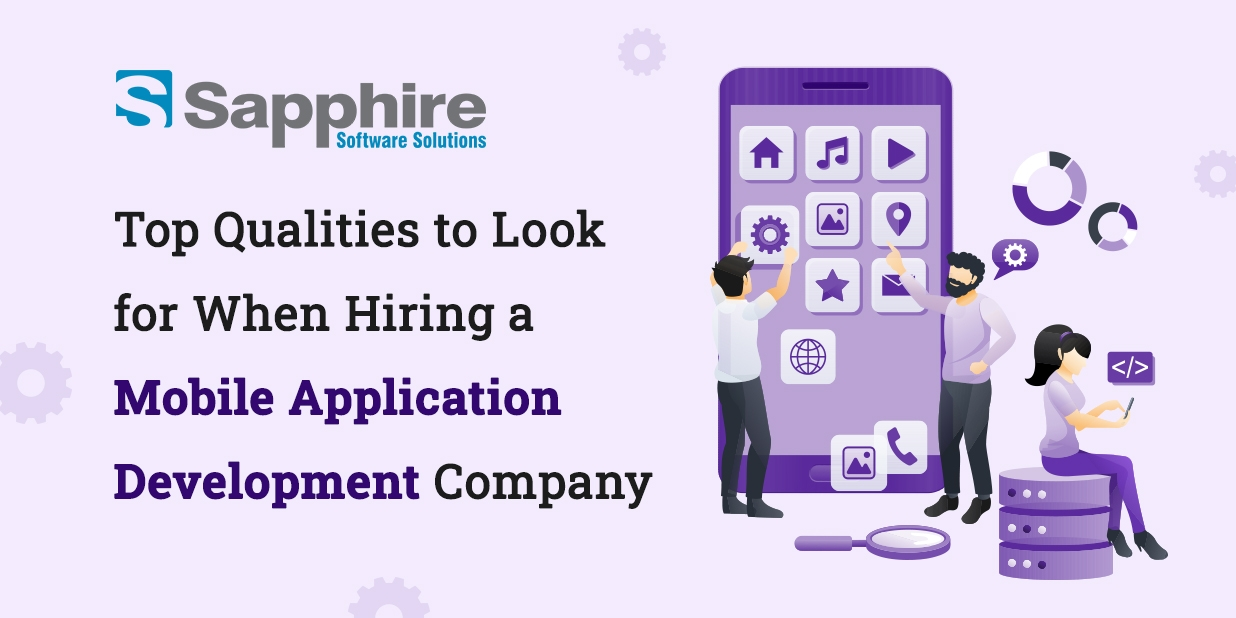
Mobile apps have become a crucial aspect of our life in the current digital era. Mobile applications have altered how we connect with companies and access services, from placing food orders to managing accounts. Given the rising demand for mobile app development services, working with a capable and reputable company is essential. However, finding the best firm for your particular requirements might take time since there are many possibilities on the market. When looking for a mobile application development company, it’s essential to consider certain qualities to secure successful cooperation. This blog lists the top qualities organizations should seek in a mobile application development company to guarantee a seamless development process and a high-quality finished product.
Start by looking at the company’s portfolio and case studies to gauge its level of technical knowledge. Look for prior projects that they executed that were successful, specifically ones that matched your specifications. Take into account the applications’ performance, user experience, and usefulness. A trustworthy business will have an impressive portfolio demonstrating its capacity to design cutting-edge and dependable mobile apps.
Consider the technologies and frameworks the organization specializes in and their prior work. They should know current market trends and have experience with well-known platforms like iOS and Android and cross-platform development frameworks like React Native or Flutter. For a thorough app development procedure, their technological proficiency must include database administration, API integration, backend programming, and other crucial abilities.
Also, consider how well the business can manage complex technological problems. Dealing with numerous APIs, connecting with third-party services, improving performance, and guaranteeing data security are frequent tasks associated with developing mobile apps. A capable development firm must have the know-how to handle these difficulties successfully.
Finding out the development team’s credentials and experience is also helpful. Look for credentials that show their dedication to remaining current with the most recent developments in mobile app development, such as certifications, relevant industry experience, and ongoing training programs. Hire Mobile App Developers in USA for your upcoming projects.
The mobile application development company you choose will be able to provide a high-quality program that satisfies your functional needs, performs admirably, and offers a smooth user experience.
Design and user experience (UX) are essential elements that affect a mobile application’s popularity and success. Evaluating a mobile application development company’s design skills and commitment to providing a flawless user experience is critical before employing them.
Examine the company’s past work and pay special attention to the user interface (UI) components, visual aesthetics, and general user flow to gauge their level of design competence. The app designs must be aesthetically pleasing, user-friendly, and consistent with your company identity. The business needs a design team that can provide an exciting and user-friendly experience and is aware of your target demographic.
The business needs to adhere to UX design best practices. This entails conducting in-depth user research to comprehend user preferences, developing wireframes and prototypes to envision the app’s structure, and conducting usability testing to collect feedback and make the required adjustments.
They must consider user personas, journeys, and information architecture to design a user-friendly interface and fluid navigation. The company’s design skills should include accessibility, responsiveness, interaction, and aesthetic characteristics.
You can be sure your mobile app will draw people and provide them with a great and engaging experience by choosing a firm with excellent design and UX expertise. A well-designed app increases the likelihood that users will stick around and provide favorable reviews, which raises user happiness and, eventually, contributes to the success of your mobile application.
Practical cooperation and communication are essential when choosing a mobile application development company. For successful cooperation and high-quality mobile app delivery, timely and transparent communication is essential throughout development.
Examine the company’s communication abilities when you first engage with them. Do they communicate with you promptly and receptively? Do they pay attention to your needs and worries? A trustworthy business will prioritize open lines of communication and designate a specific project manager or point of contact to keep you updated on the project’s development.
The use of a cooperative strategy is also crucial. The business should also have efficient project management procedures in place. They have to be able to provide you with a precise road map, establish reasonable deadlines, and effectively handle project milestones. Regular updates, reports, and open communication addressing any difficulties or adjustments are essential for a successful development process.
A competent development business should also communicate proactively. Along with giving updates, they must foresee possible problems or obstacles and deal with them as they appear. Their capacity for proactive communication and solution-proposal reveals their dedication to producing a successful app.
Thanks to efficient cooperation and communication, the mobile application development company and your organization may ultimately function well together. It guarantees that your objectives are understood, permits immediate modifications and feedback, and enables both sides to work together to develop an effective mobile app.
It is essential to consider a mobile application development company’s track record and customer references before choosing them. This offers essential information about their dependability, expertise, and capacity to complete tasks successfully.
Request recommendations from former customers from the development business. Contact these customers to find out more about their interactions with the business. Please inquire about the company’s ability to manage difficulties and adjustments during the development process, the quality of their deliverables, and their adherence to project schedules. Ask about the company’s post-launch support and if it offers regular upkeep and upgrades.
You may learn about the company’s strengths and drawbacks through client references by asking for an impartial evaluation. It allows you to benefit from the knowledge of others’ experiences and come to a wise conclusion.
Additionally, go into the portfolio and case studies of the business. Look for projects that match your criteria in terms of difficulty and scale. Examine the applications they have produced for usability, performance, and user experience. A reliable business will have an impressive portfolio demonstrating its capacity to produce top-notch mobile apps.
Think about the business’s background in your field or sector. They will better know your target audience and company needs if they are familiar with your area. A business with appropriate expertise will likely foresee problems and provide creative solutions for your sector.
Investigate the company’s internet reviews and ratings as well. Examine neutral thoughts and customer comments on social media, forums, and independent review sites. This might provide more information on the standing of the business and the degree of customer satisfaction.
By looking at their track record and customer references, you may have faith in a company’s capacity to satisfy your goals and produce a successful mobile application.
It’s crucial to consider a mobile application development company’s capacity to provide scalability and long-term maintenance for your app when choosing them. Even beyond the initial creation stage, mobile apps need constant upkeep, upgrades, and support.
Scalable solutions that can support your organization’s expansion and changing demands should be available from a reputable development firm. You could need more features, integrations, or upgrades as your user base grows and your program becomes more well-known. The program should be scalable without affecting user experience or performance, and the development firm should be able to handle future needs.
Ask the firm about its scalability strategy. Do they have expertise managing projects of varying sizes? How do they initially account for scalability? A capable development firm will have plans to guarantee that your app can manage rising user traffic, data storage needs, and functional requirements as your business expands.
Please consider their promise to continue offering assistance and upkeep as well. It will need frequent updates, bug patches, and compatibility improvements to remain current and safe when the app is released. Talk about the company’s post-launch support offerings and maintenance and update management strategy. They must have a committed support staff that can solve problems or defects as soon as they appear.
Ask them how they optimize apps and remain current on new technological developments. The market for mobile apps is continuously changing, and new features and technology may improve your app’s functionality and user experience. An innovative development firm will provide optimization services and updates to take advantage of recent developments and ensure your app stays competitive.
You can be sure that your app is well-equipped to manage expansion and adapt to changing needs by working with a mobile application development company that strongly emphasizes scalability and future support. Their dedication to continuing upkeep and updates will make providing your consumers with a dependable and current app easier, increasing user happiness and ensuring long-term success.
Check out the video – Sapphire Software Solutions : Your Ultimate Destination for Unparalleled Mobile App Development Services!
A successful app project depends on choosing the right mobile application development company in USA to work with. You can choose a trustworthy partner by considering the qualities covered in this article, such as technical proficiency, robust design and user experience, collaboration and communication skills, a track record of success and client references, scalability, and future support. To guarantee a smooth development process and the delivery of a high-quality mobile application, keep in mind to do in-depth research, check portfolios, and convey your objectives appropriately.
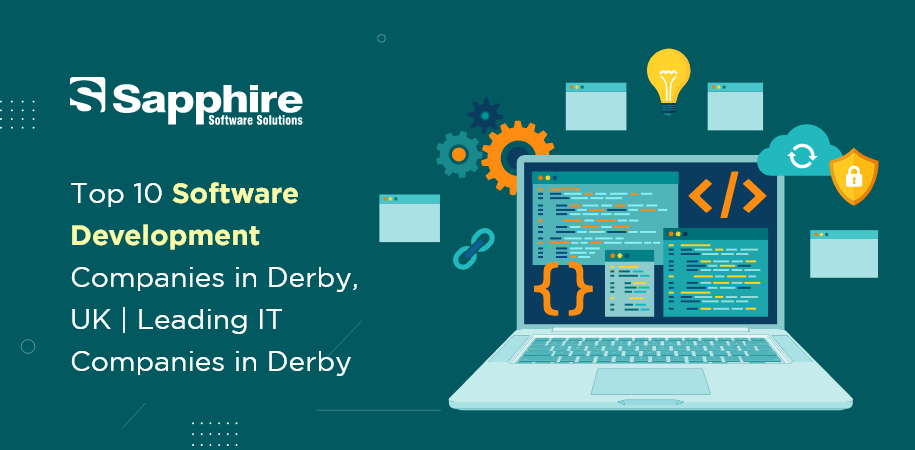
Hello Folks!!
Today, we are going to discuss about the software development companies in Derby.
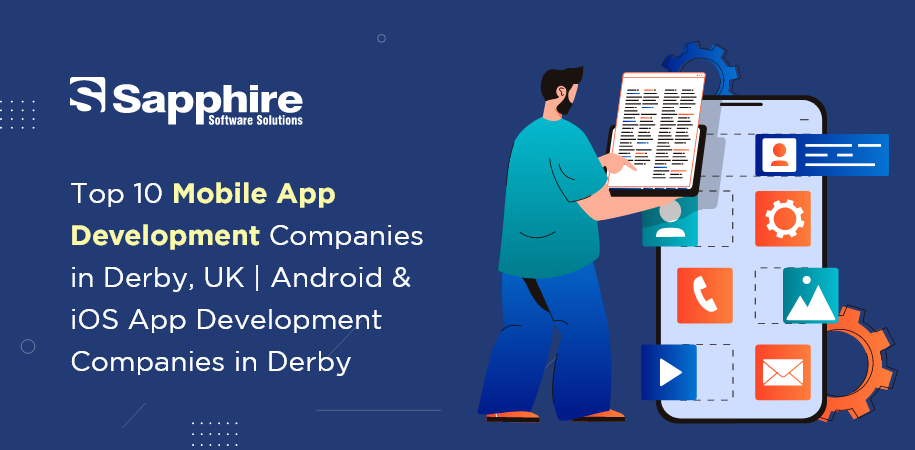
Hello Folks!!
Today, we are going to discuss about the mobile app development companies in Derby.
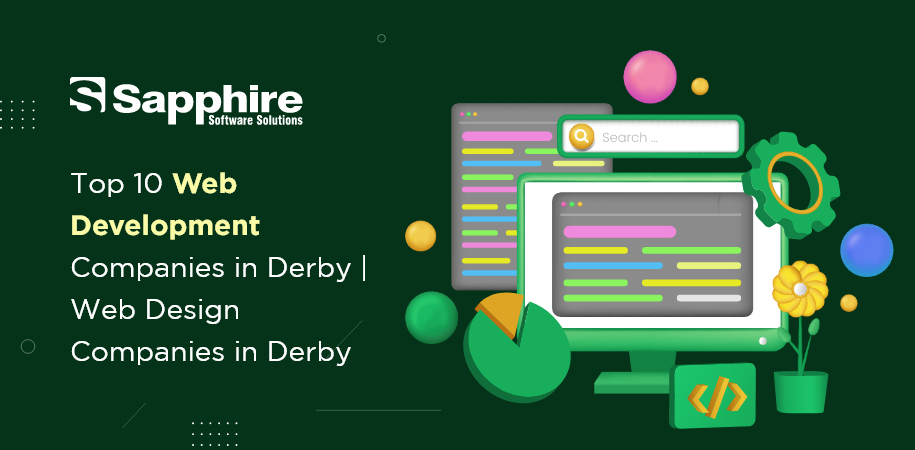
Hello Folks!!
Today, we are going to discuss about the top web development companies in Derby.
